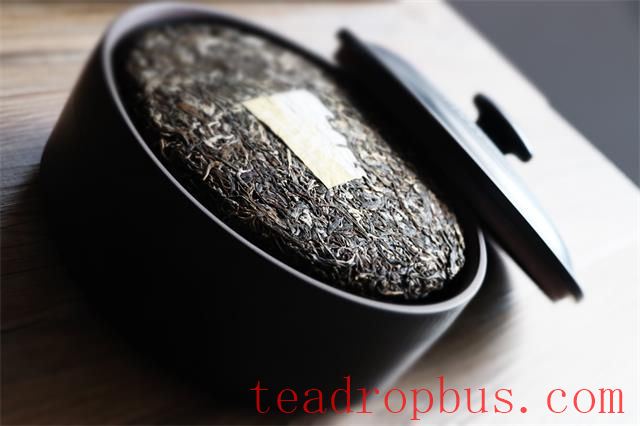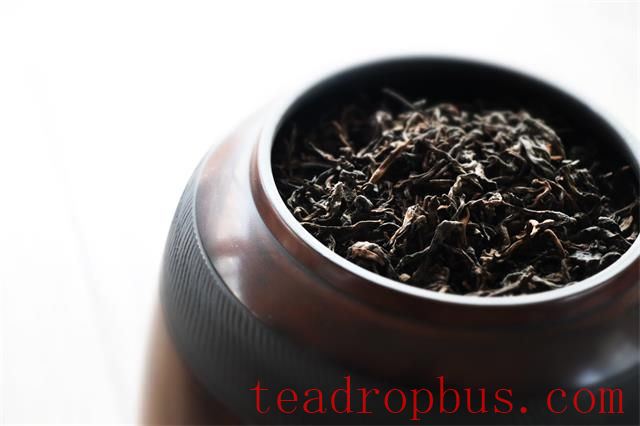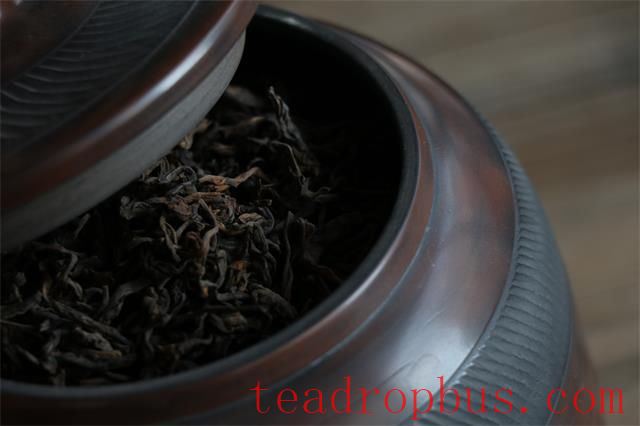As the saying goes: brewing Tea can cultivate one's character, and tasting tea is like experiencing the many flavors of life. China is the birthplace of tea and also the country with the most tea drinkers.
For tea lovers, learning how to store tea at home and ensure that its quality does not change during storage is essential knowledge.

Tea leaves have a strong adsorptive capacity, so preventing pressure, dampness, ensuring airtightness and avoiding light exposure, as well as preventing the absorption of foreign odors, are key to storing tea. Every type of container has its advantages and disadvantages. A purple clay jar is highly breathable and aesthetically pleasing, making it a great choice for storing Pu'er tea. However, a good purple clay jar is not cheap and is very fragile—it could break easily if accidentally bumped. What breaks is not just the jar but my heart. Therefore, a purple clay jar is not the first choice for storing tea for most people.

What Containers are Used for Storing Tea?
The common containers for storing tea are divided into hard and soft types. Hard containers include purple clay jars, earthenware jars, plastic jars, wooden boxes, and bamboo boxes (though bamboo boxes are not suitable for use in dry northern climates). Soft containers include cardboard boxes, paper, cloth bags, and plastic bags.
Cardboard boxes take up little space, are convenient for handling, and have some breathability. They are also inexpensive, but they can easily become damp, especially in the southern regions where rainy days are frequent. If not stored properly, the tea may be ruined. For short-term storage, a plastic jar can be recommended due to its good sealability and convenience. However, I personally suggest using an earthenware jar. These are reasonably priced, breathable, and even if they break, you won't feel too upset, so you can use them with peace of mind.

Of course, what kind of container to use for storing tea depends on individual circumstances, and one should not blindly follow others' advice. The main point is to choose a container that is breathable and not prone to dampness. (Source: Yun Cha Yuan, Image Source: Cha You Wang)